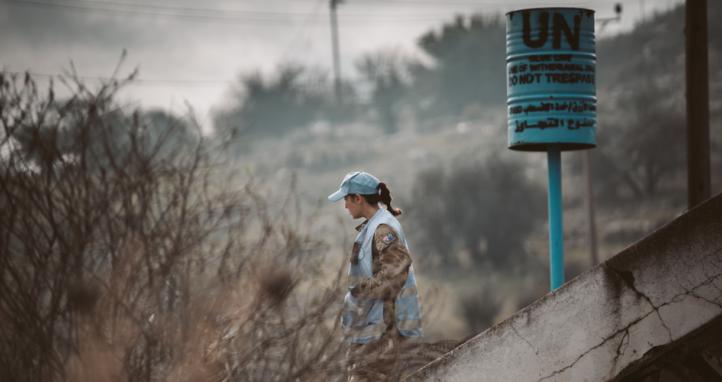A note from The Cove Team: A longer, more comprehensive account of the past and future direction of the Royal Australian Artillery can be found here.
On 01 August 2021, the Royal Australian Artillery celebrated the 150th anniversary of its origins.
By the end of 1870, the separate Colonies of Australia each became responsible for providing for their own defence as British forces withdrew. With this commenced a century and a half of continuous presence of Australian artillery forces that exists to this day as the Royal Australian Artillery (RAA).
Prior to 1871, all Australian Colonies had their own volunteer (unpaid) and militia (partially paid) artillery batteries to augment the garrisoned British forces. However, the departure of the British batteries meant the loss of critical artillery technical proficiency. Colonies needed their own permanent artillery forces to sustain the necessary expertise, particularly for the defence of their ports.
On 01 August 1871, the NSW Colonial Government funded and raised its first permanent battery. Officers, gunners, guns and equipment formerly with the original NSW Artillery Battery helped form subsequent batteries in 1876 and 1877, serving as both garrison coast artillery, and mobile field artillery. The other Colonies soon also raised permanent batteries to complement their militia and volunteer batteries, as the demands for self-defence grew across Australia.
The Australian Army’s longest continuous serving permanent unit is ‘A’ Battery, currently part of 1st Regiment, RAA. Today, ‘A’ Battery perpetuates the history of that original NSW Artillery Battery.
Eighteen months prior to Federation, Queen Victoria conferred the title of Royal Regiments of Australian Artillery on the permanent artillery units of the Victorian, Queensland and NSW Colonies from 14 July 1899. It foreshadowed cooperation across the Colonies to establish a coherent, modern and capable Australian artillery force.
In the years that followed, these regiments combined with all other Australian artillery forces. After 150 years of distinguished service to Australia in every conflict and beyond, this united group has evolved and developed to become today’s Royal Regiments of Australian Artillery.
01 August 1871 thus unites all Regiments and Gunners, serving and retired, across all States and Territories as the date that captures and symbolises the beginning of Australian Artillery.
The RAA - Ready Now
Over 150 years, the RAA and its forerunners have served Australia in every conflict, earning its singular Battle Honour, 'Ubique' (‘Everywhere’); and today, the RAA continues to uphold its motto: 'Quo Fas et Gloria Ducunt' (‘Where Right and Glory Lead’). The Regiment’s capacity to live up to these exacting standards has always rested on a sense of ‘Gunner’ fraternity. That Gunner community of effort accommodates, yet transcends regimental, battery or role tribalisms, and is the driving, binding force behind how the concept of Artillery transforms a cacophony of violent actions, into a symphony of coordinated and potent application of fires and effects.

Today, Australia’s Gunners continue to serve proudly across the nation and beyond. Artillery remains a vital blend of the science and art of war; and today, the realm of the twenty-first century Gunner extends across multiple disciplines and domains.
The RAA – Future Ready
Today in 2021, the unique Gunner culture remains as important to the success of artillery in the support of land manoeuvre as it was fifteen decades ago. The balance between technical and tactical excellence remains ever-present in the artillery of 2021. Equally, the human experience as a twenty-first century Australian Gunner is not greatly different to what it was in 1871. Culturally, being a Gunner today and tomorrow remains one of cooperative human spirit; of professionals devoted technically and tactically to their role, and operating as a highly interdependent team. That symbiosis is perhaps what is most distinctive of Gunners, and what Gunners cherish most.
Looking ahead, the RAA is unquestionably at the forefront of the Australian Army’s modernisation program. Over the next decades, the RAA will see projects delivering:
- Combat systems for short-range ground-based air defence;
- Self-propelled artillery systems;
- Long-range rocket artillery;
- Surveillance, reconnaissance and targeting developments;
- Digital terminal control systems to engage targets; and
- Next-generation artillery ammunition.

By 2040, the RAA will either comprise —or be able to access—improved surveillance, reconnaissance and target acquisition, command, control and communications systems, launch platforms, and effector assets, across all the known domains. The Artillery’s system will be ubiquitous— mastering multiple domains, delivering one effect. There are currently a number of RAA future projects arriving in the 2020-30 & 2030-40 epochs, that form the Artillery Modernisation Plan (AMP) and ensure the RAA’s effectiveness into the future.









